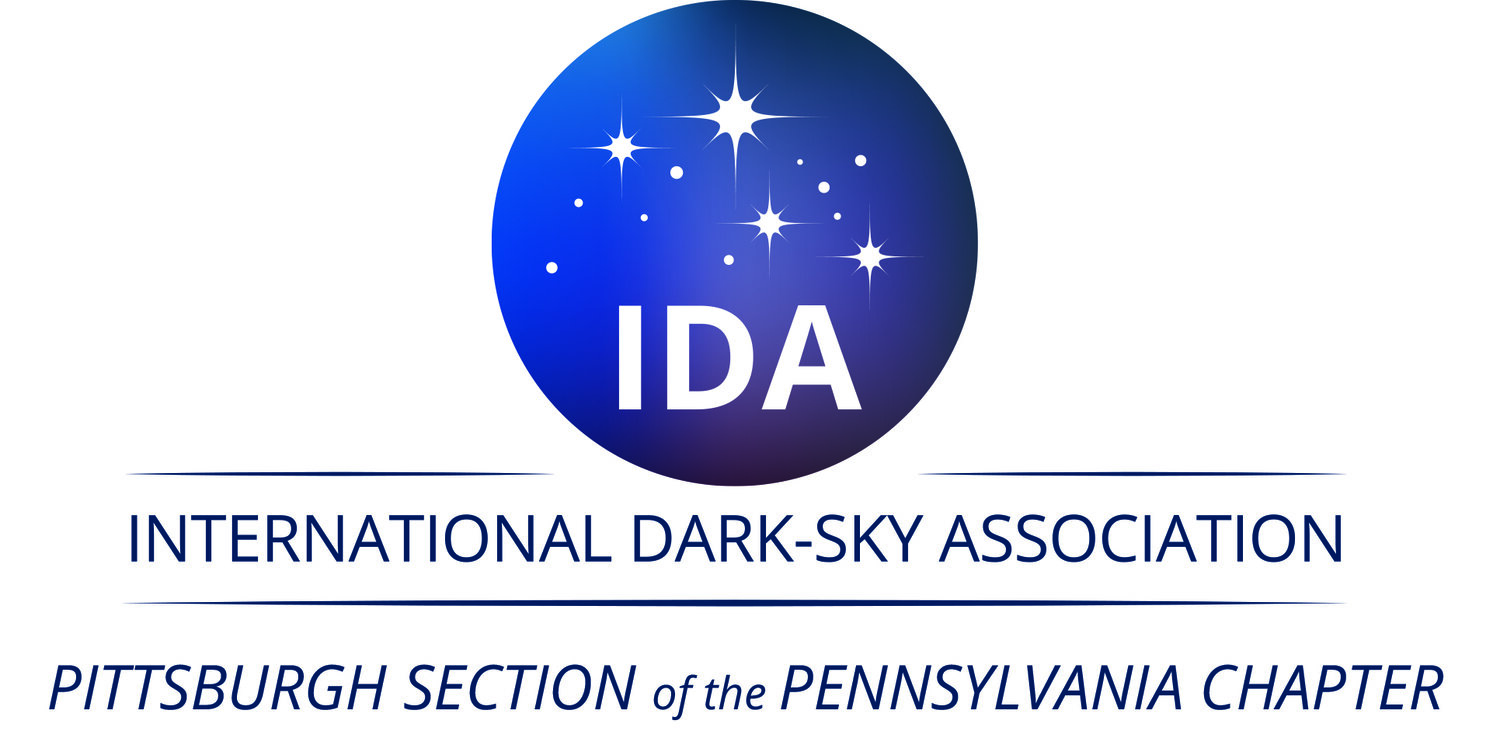Alex Moskowitz Interview
The Disappearing Night Sky and the Need for Outreach and Accessibility
Chile’s clear night sky was filled with the beauty of the Magellanic Clouds and the Milky Way, and there I could see the structures I had learned about.”
— Alex Moskowitz
By William Qiu
Alex Moskowitz is a graduate student at Carnegie Mellon University. For his studies, he has traveled to Chile witness the stars in a truly dark sky.
I recently had the opportunity to interview Alex Moskowitz, a graduate student at Carnegie Mellon University, over a Zoom call about his experience with dark skies and his thoughts on the problem of light pollution. Our discussion helped us reflect on why the view we see at night is so inspiring and how light pollution is making it harder for people to share that same feeling. We also discovered that we both grew up in Massachusetts, and when asked about local places to get a good look at the night sky, he recommended driving out away from Boston and other major towns, as well as the Museum of Science Planetarium and Harvard University events for closer places.
Moskowitz had two experiences seeing a clear dark sky, the first of which occurred when he went to Cherry Springs State Park in Potter County, Pennsylvania. Cherry Springs is known for being one of the darkest places on the eastern coast and a popular attraction for its view of the stars and the Milky Way. The second experience was on a remote mountain top in Chile for his graduate studies, where he was assisting his advisor with research.
After being educated on the stars, galaxies, and nebulae out in space, but never being able to see them with his own eyes, these experiences made him really appreciate the vastness of space and the number of astronomical objects that were visible. Moskowitz also highlighted the view from Chile as particularly interesting because Chile’s clear night sky was filled with the beauty of the Magellanic Clouds and the Milky Way where he could see the structures he had learned about. He often thinks back on those experiences, which have made him more involved in astronomy outreach so that others can experience a clear night sky as well.
Orion’s Belt, with the Horsehead and Flame Nebulas visible around the rightmost star. The stars shine blue, and the nebulas glow red and faintly purple, respectively.
As the human population continues to increase and there remains a need for human urbanization, light pollution is a problem that is becoming larger and larger. A study conducted to investigate the impact of light pollution found that “more than 80% of the world and more than 99% of the U.S. and European populations live under light-polluted skies” (Falchi et al. 2016). Moskowitz believes that light pollution is a big problem for astronomers and people learning about astronomy because if we can no longer see the stars and the Milky Way, we lose out on so much information about our universe that we could see just by looking up at night.
He stressed the importance of dark night sky accessibility because people are more likely to go see a clear night sky if they had to, for example, travel only 1 hour instead of 3 hours. Local planetariums and observatories open to the public were places that he recommended people visit because they can provide a glimpse of what a clear night sky looks like, while also being quite accessible. Moskowitz also believes that, while light pollution is becoming a larger problem, there is good outreach and education about it, making people more aware of it. A way to help solve this problem is to change the types of light bulbs used. As he recommends, if a town needs its streetlights replaced, it would be a good opportunity to change harmful and outdated light bulbs with lower temperature LED light bulbs.
A city enveloped by blue light on the right and orange light on the left. There are people, a car, and a food stand close to the camera, while fog blurs the lights in the distance.
A message that Moskowitz would like to tell people is that they should make an effort to visit a dark site of some sort and see a clear night sky for themselves. The experience will likely be awe inspiring. There is so much more that we can see in the universe than just the few stars in the sky above a city. The discussion made me more intrigued about the ways people are doing astronomy outreach, as well as the different night sky views that different places on Earth have. However, the thing that I got most out of our discussion was the motivation and curiosity to actually go out and experience a clear night sky for myself and see all of the sights in the sky hidden away by skyglow.
References:
Falchi et al. 2016. The new world atlas of artificial night sky brightness. ScienceAdvances. [accessed 2021 July 18]. https://advances.sciencemag.org/content/2/6/e1600377.



